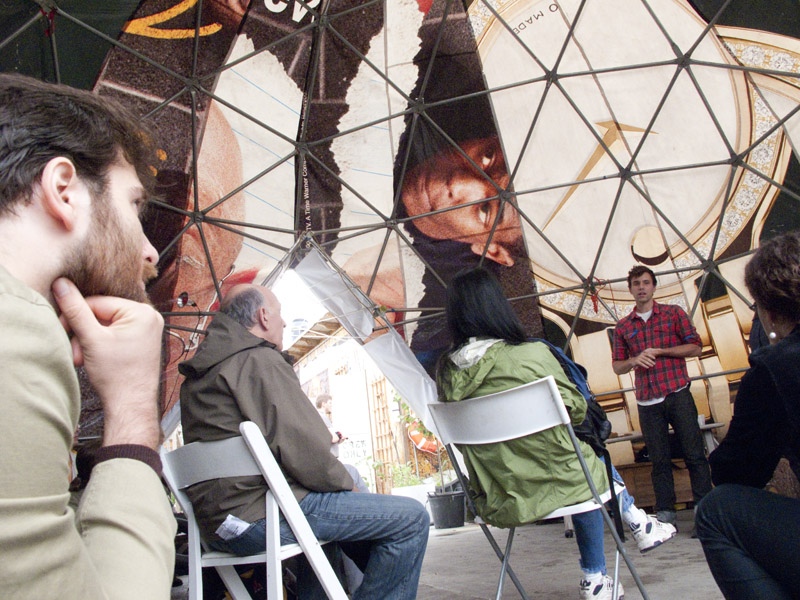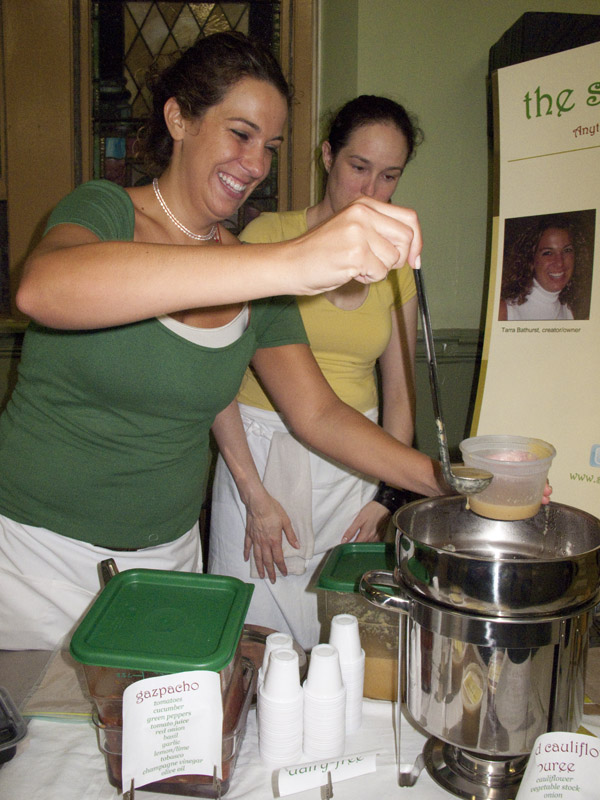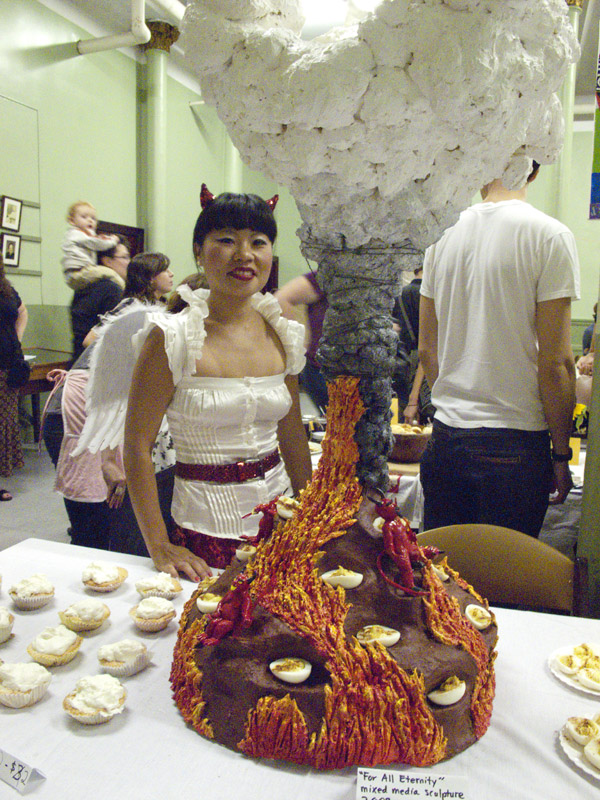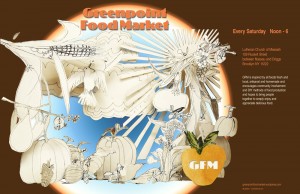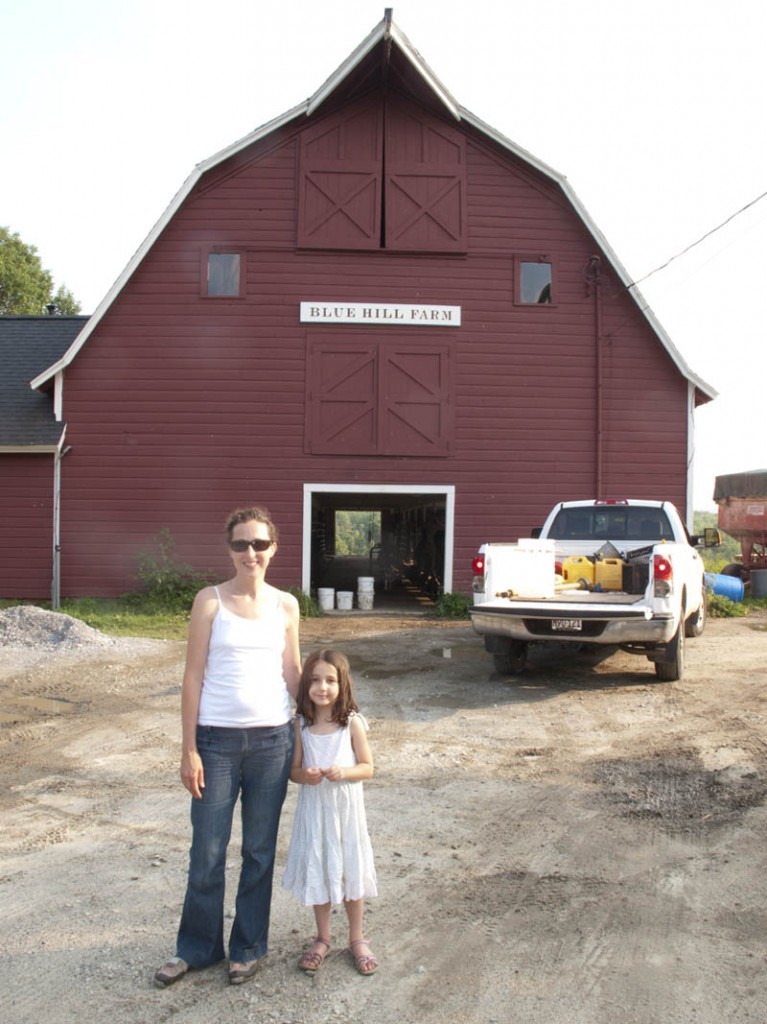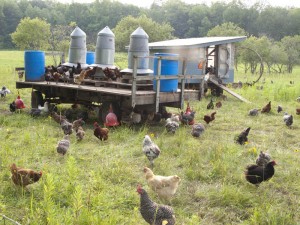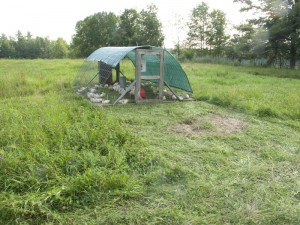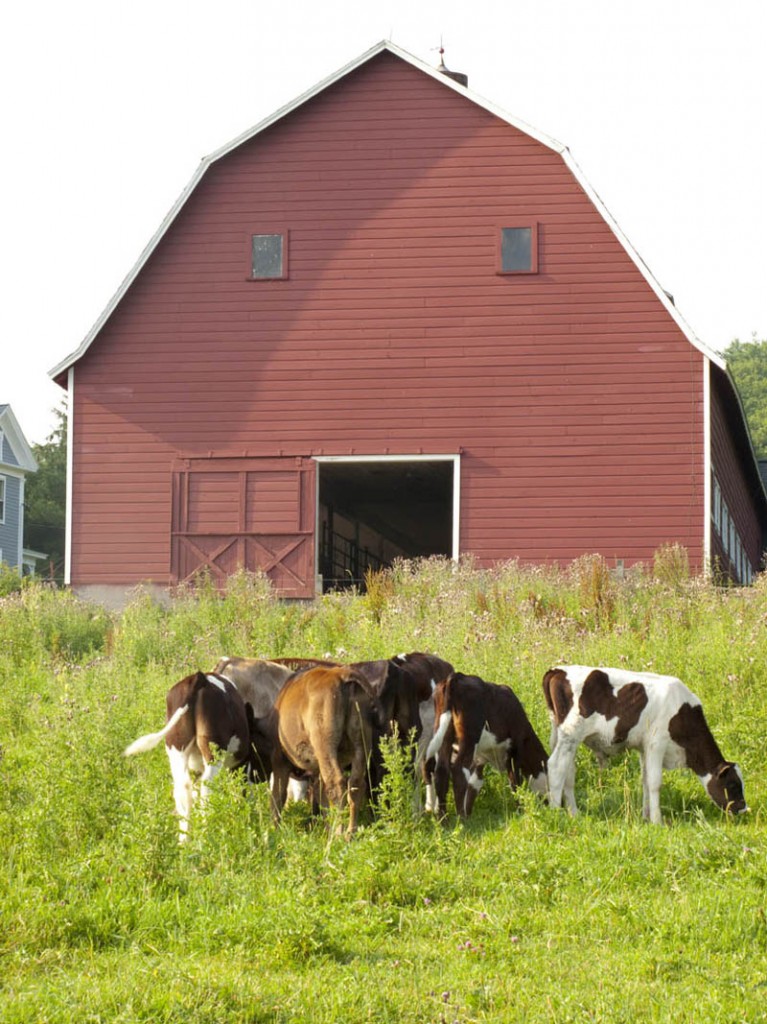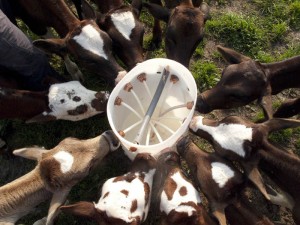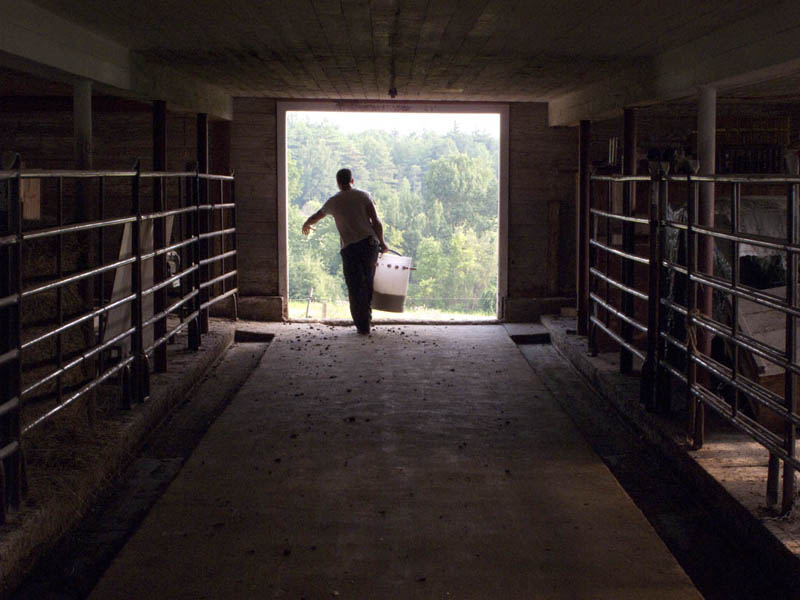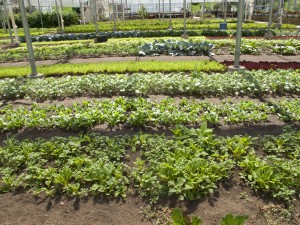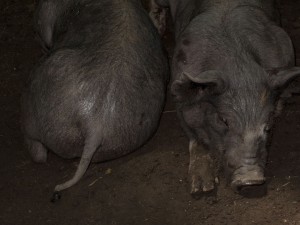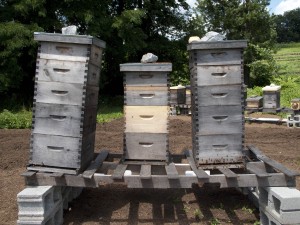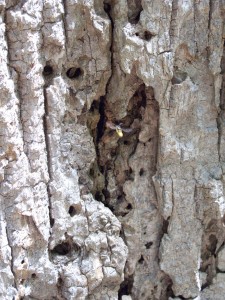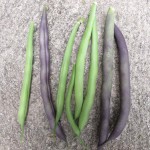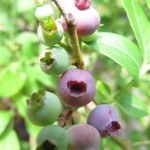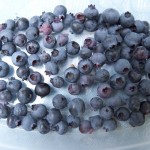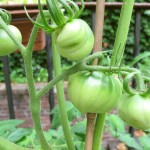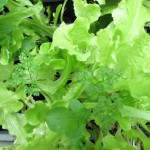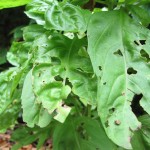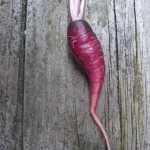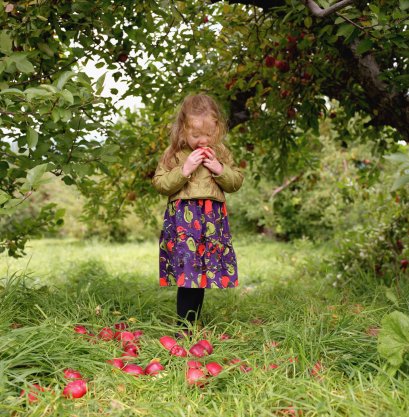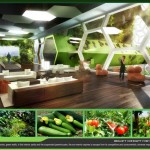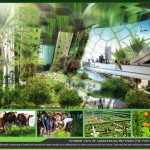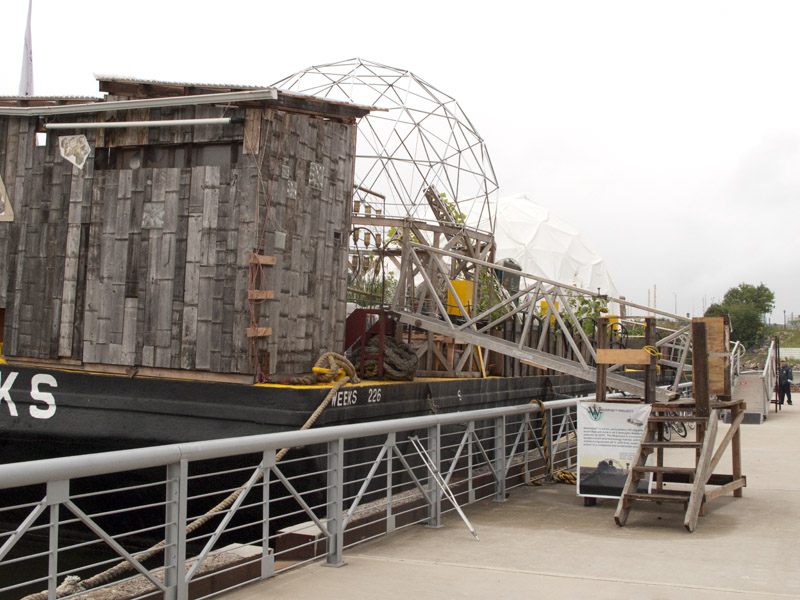
Last Saturday after going to the Greenpoint Food Market, we drove to the Bronx to go to a chicken meet up group being held on the Waterpod. KayCee Wimbush of Awesome Farm in Tivoli, NY came to talk about basic chicken keeping. Her farm pasture-raises chickens and lambs and are committed to taking care of both their animals and the land. While I knew most of the basic information, she did talk about alternatives to chicken feed.
In an attempt to reduce their feed costs and do some recycling, they gathered food scraps from local restaurants. Chickens are omnivores, or miniature goats as I like to call them, so they eat practically everything. Her solution was a win-win in that her chickens were getting high-quality food, she was saving money and the food wasn’t going to a landfill. I guess that’s a win-win-win. Anyway, these things always turn out too good to be true and they found out that what they were doing was illegal. Turns out there’s a law against feeding post-consumer food to agricultural animals. I’m sure I’m not quoting the law correctly, but it’s a way to prevent farmers from feeding ground up animals to their livestock, which can lead to many nasty diseases such as mad cow. Anyway, while it was a great idea, they had to stop.
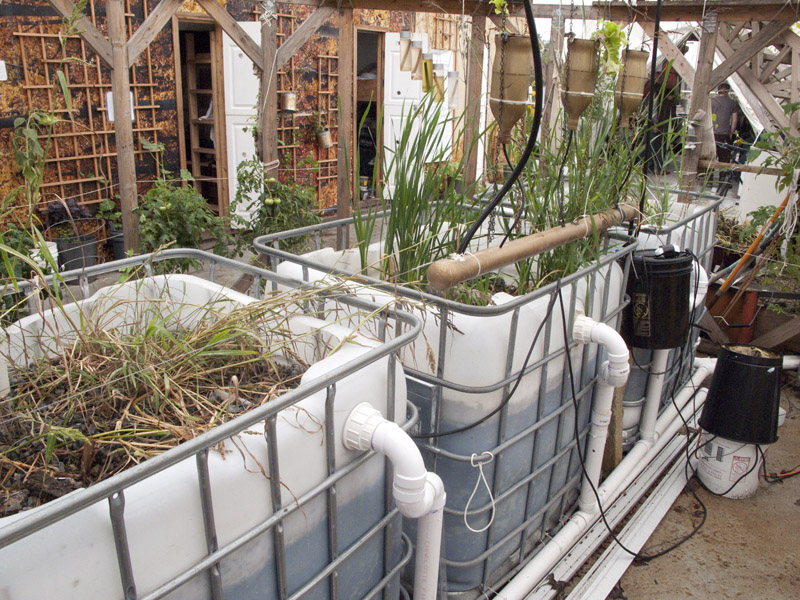
If you are in NYC in the next 2 weeks, you should try and visit the Waterpod project. They are a self-sufficient floating farm. They incorporate many interesting ideas for farming, such as vertical farming, mobile farming, recycling graywater, etc. They are showcasing a new type of farming in a time of global warming and overpopulation. If land is too scarce, you can farm on a big barge. They are open to the public for tours and host performances and discussions. They were a great venue for our meeting and even have a few hens onboard.
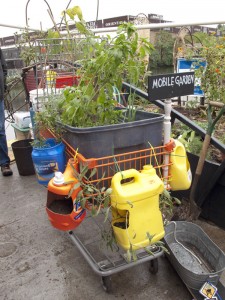
We had our meet up under one of their domes. All of the materials have been gathered from salvaged parts. The dome was covered with billboard material (is it fabric, paper??). You can see a watch ad behind Owen, who’s the organizer of our meet up group. If you can’t visit the waterpod, check out their website at the link above. It’s a very interesting project and definitely applies to urban gardening.
